Table of Contents
As someone who is constantly seeking new ways to challenge my fitness routine and enhance my performance, the Training Mask 2.0 caught my attention. The idea of simulating high-altitude training and increasing respiratory muscle strength seemed promising. After using the mask consistently over the past few months, I am excited to share my detailed, first-hand experience with this product. This review will cover everything from design and comfort to performance and overall effectiveness.
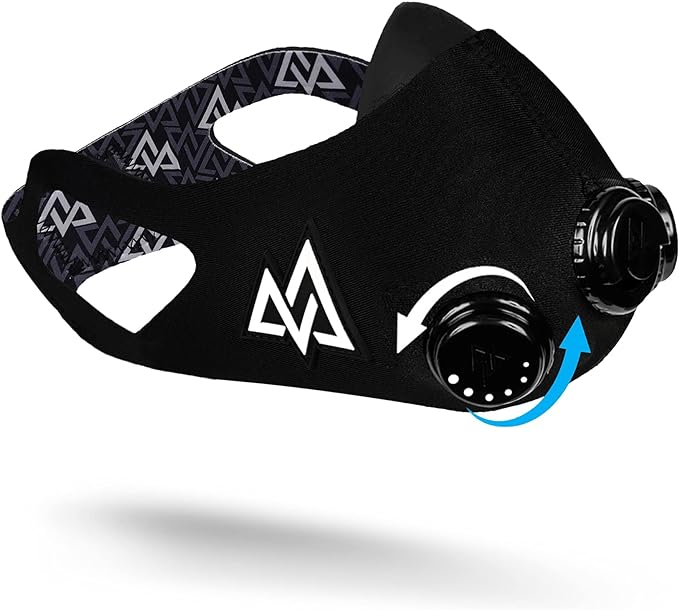
Pros
- Customizable Resistance Levels: Offers 36 adjustable resistance levels to match different fitness levels and goals.
- Ergonomic Design: Comfortable and secure fit with adjustable straps.
- High-Quality Materials: Durable and easy to clean, made with high-quality silicone.
- Simulates Altitude Training: Enhances oxygen uptake, lung capacity, and cardiovascular fitness by creating a hypoxic-like environment.
- Versatile Use: Suitable for various sports and fitness activities like running, cycling, and weightlifting.
- Reduces Fatigue: Helps maintain intensity during workouts by improving breathing efficiency.
Cons
- Comfort Issues: Some users may find it uncomfortable, especially around the nose and ears.
- Fit Problems: Sizing can be inaccurate, and the mask may not fit well on all face shapes.
- Learning Curve: Requires getting used to breathing techniques and adjusting resistance settings.
- Not Suitable for Everyone: Some users may experience discomfort and difficulty using the mask effectively.
First Impressions
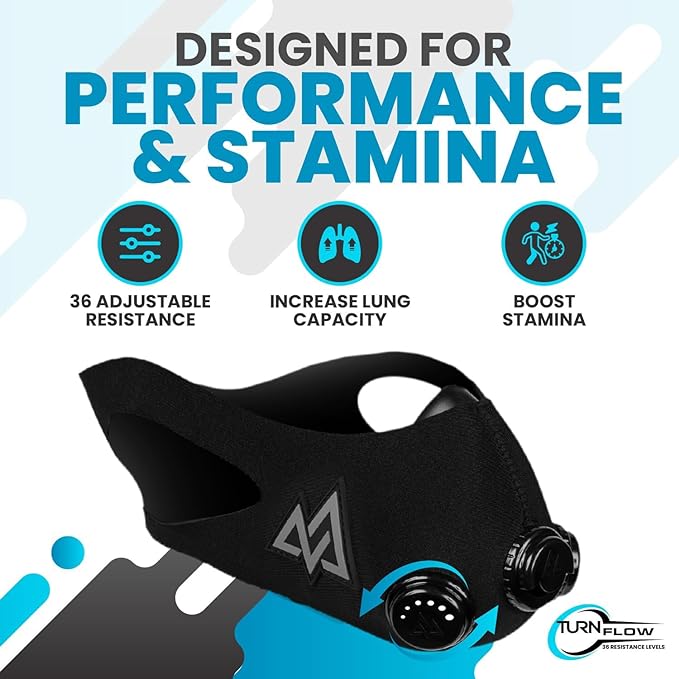
Upon receiving the Training Mask 2.0, I was immediately impressed by its sleek design and the quality of materials used. The mask is predominantly made of silicone, which gives it a sturdy yet flexible feel. The adjustable straps looked promising for achieving a secure fit, and the mask itself appeared well-constructed to withstand rigorous workouts.
The package included the mask, multiple resistance valves, and an instruction manual. While the instructions were clear, I found that a bit of trial and error was necessary to understand how to adjust the resistance levels effectively. The mask also came with an additional strap to help secure it over the head, which seemed like a thoughtful addition.
Fit and Comfort
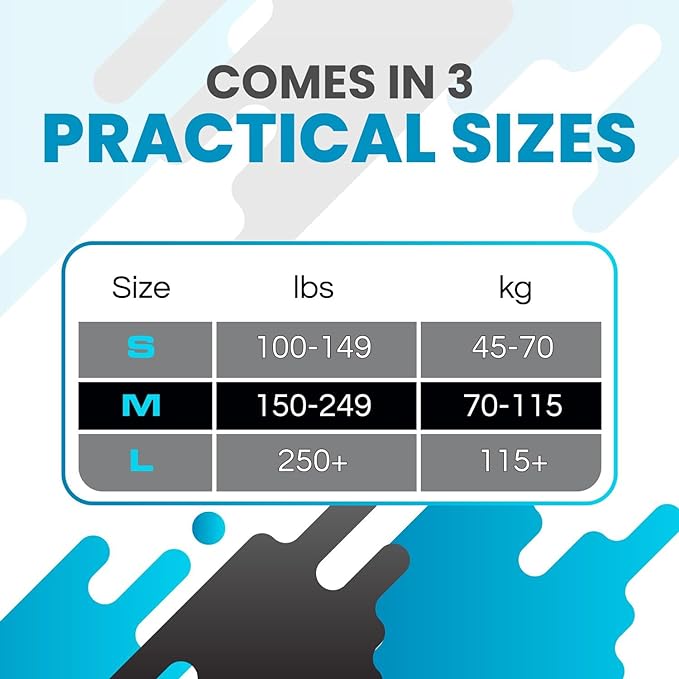
Finding the right fit was crucial for me, as an ill-fitting mask would likely render the device ineffective and uncomfortable. I opted for the medium size based on the sizing chart, and it fit snugly around my face. The silicone material created a good seal, though I did experience some pressure on the bridge of my nose, especially during longer workouts.
Initially, the mask felt a bit tight, but after a few uses, I got used to the fit. The straps are adjustable, allowing for a customized fit. However, I noticed that the mask tended to slip slightly when I began to sweat heavily. This was remedied by adjusting the head strap, but it was a minor inconvenience during high-intensity sessions.
Performance and Resistance Levels
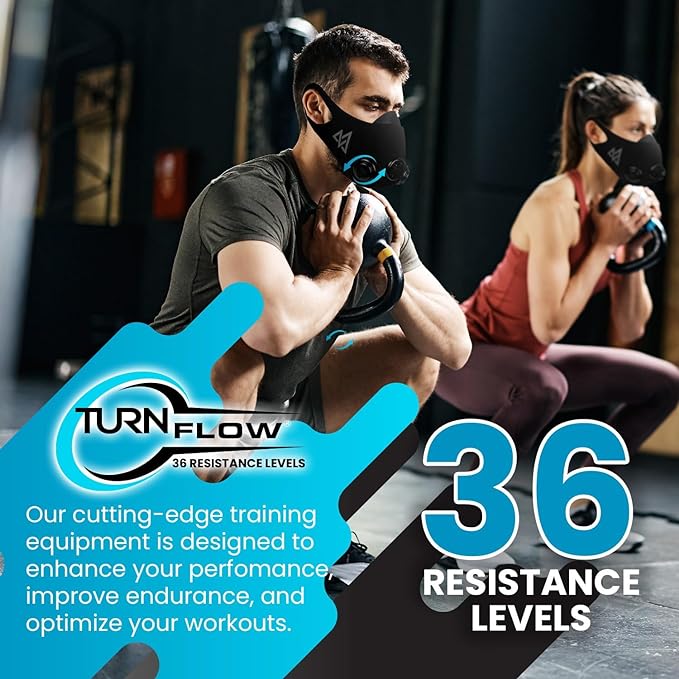
The standout feature of the Training Mask 2.0 is its adjustable resistance levels, which simulate various altitudes by restricting airflow. The mask offers 36 different resistance combinations, which I found incredibly useful for progressively challenging my respiratory muscles.
Starting with the lowest resistance level, I gradually increased the difficulty as I became more accustomed to the mask. The feeling of restricted airflow was initially strange and slightly uncomfortable, but over time, I adapted. The sensation is akin to breathing through a narrow tube, which forces you to take deeper, more controlled breaths.
During my high-intensity interval training (HIIT) sessions, the mask significantly increased the challenge. I could feel my lungs working harder, and my cardiovascular system was pushed to its limits. The resistance levels are easily adjustable mid-workout, allowing for a varied training experience. This feature was particularly beneficial for my endurance training, as I could simulate climbing to higher altitudes with just a twist of the valve.
Impact on Workouts
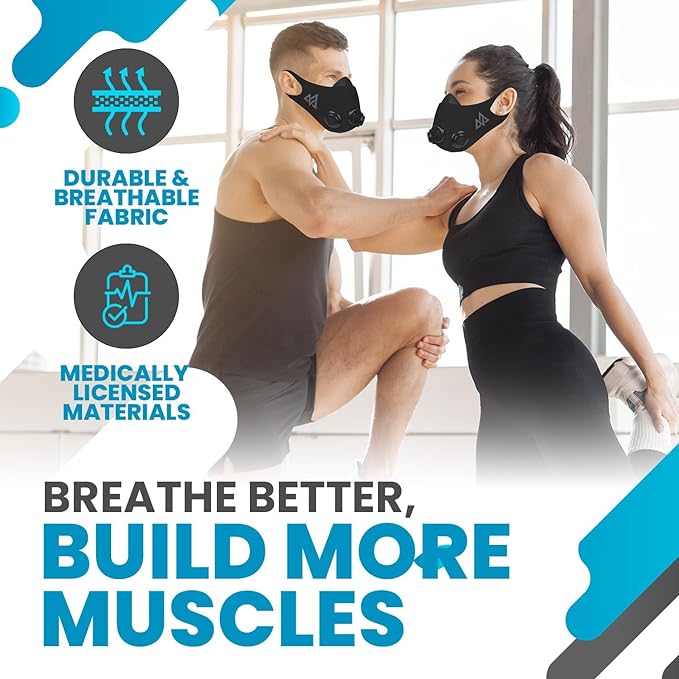
The primary claim of the Training Mask 2.0 is that it enhances respiratory muscle strength, increases lung capacity, and improves overall endurance. After several weeks of incorporating the mask into my routine, I began to notice subtle yet significant changes.
– Stamina and Endurance
One of the most noticeable improvements was in my stamina. Workouts that previously left me winded became more manageable. Running with the mask, in particular, was a game-changer. I found that my breathing became more efficient, and my recovery time between sprints decreased. The mask forced me to control my breathing pattern, which translated to better performance even when not using the mask.
– Respiratory Muscle Strength
The concept of “lifting weights for your lungs” became very apparent. The resistance provided by the mask acted like a workout for my respiratory muscles. Over time, my breathing felt stronger and more controlled, even during strenuous exercises. This improved breathing technique was beneficial not only during workouts but also in daily activities.
– Mental Toughness
Using the Training Mask 2.0 also required a significant amount of mental fortitude. The restricted airflow can be daunting at first, and there were moments when I felt the urge to rip the mask off due to the discomfort. However, pushing through these moments built mental toughness, which is an often-overlooked aspect of fitness training. Learning to control my breath and stay calm under the mask’s restriction was a valuable lesson in discipline and focus.
Versatility
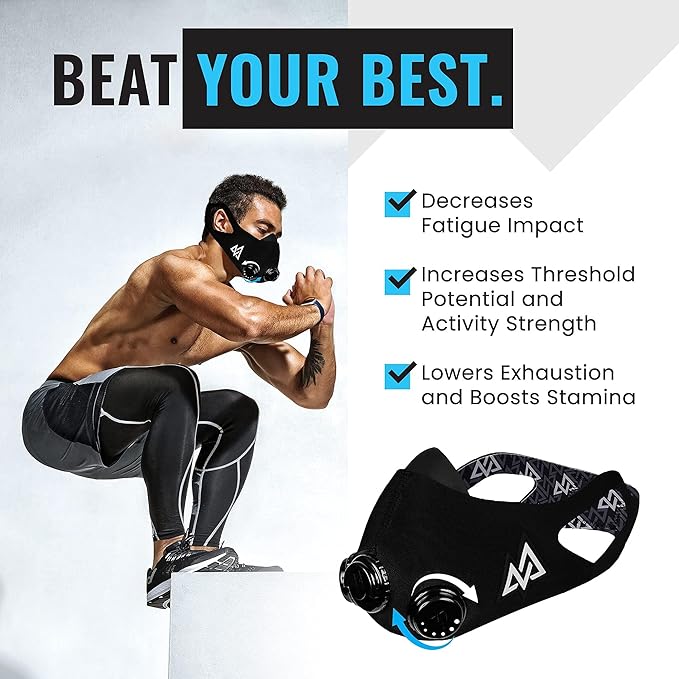
One of the features I appreciated most about the Training Mask 2.0 was its versatility. Whether I was running, lifting weights, or doing a HIIT workout, the mask was a valuable addition. It is suitable for various sports and fitness levels, making it a versatile tool for anyone looking to enhance their respiratory efficiency.
– Running
For running, the mask added a new layer of difficulty. I typically used it during my warm-ups and for shorter runs to gradually acclimate my body. Over time, I increased the duration and intensity, noticing significant improvements in my running endurance and breath control.
– Weightlifting
In weightlifting sessions, the mask helped maintain steady breathing patterns, which is crucial during heavy lifts. The added resistance also made the rest periods feel more intense, simulating the conditions of high-altitude training.
– HIIT Workouts
HIIT workouts were where the mask truly shined. The short, intense bursts of activity combined with restricted airflow pushed my cardiovascular system to its limits. The mask helped me maintain high-intensity efforts for longer periods, ultimately improving my overall fitness level.
Cleaning and Maintenance
The Training Mask 2.0 is relatively easy to clean, which is a big plus considering how much I sweat during workouts. The silicone material can be wiped down with a damp cloth, and the valves are detachable for more thorough cleaning. It’s essential to keep the mask clean to prevent any buildup of bacteria, especially if you use it frequently.
Drawbacks
While my experience with the Training Mask 2.0 was largely positive, there were a few drawbacks worth mentioning.
– Comfort
As mentioned earlier, the mask can put pressure on the bridge of the nose, which can become uncomfortable during extended use. This might be a dealbreaker for some, especially if you plan to use the mask for long training sessions.
– Fit and Slippage
Despite the adjustable straps, the mask tended to slip slightly when sweating heavily. This required occasional adjustments during workouts, which could be disruptive. Users with facial hair might also find it challenging to get a perfect seal, affecting the mask’s effectiveness.
– Initial Adjustment Period
There is a learning curve when it comes to using the mask effectively. The sensation of restricted airflow can be unsettling at first, and it takes time to get used to breathing with the mask on. It’s essential to start with lower resistance levels and gradually work your way up to avoid feeling overwhelmed.
Bottom Line
Overall, the Training Mask 2.0 has been a valuable addition to my fitness arsenal. The ability to simulate high-altitude training and enhance respiratory muscle strength has significantly impacted my endurance, stamina, and overall fitness level. The mask is well-designed, durable, and versatile enough to be used in various types of workouts.
While there are some minor drawbacks, such as comfort issues and the initial adjustment period, the benefits far outweigh these concerns. The mask has pushed me to new limits, both physically and mentally, making my workouts more challenging and rewarding.
If you are serious about improving your respiratory efficiency and overall fitness, I highly recommend giving the Training Mask 2.0 a try. Start slow, be patient with the adjustment period, and you’ll likely see impressive results in your performance and endurance.

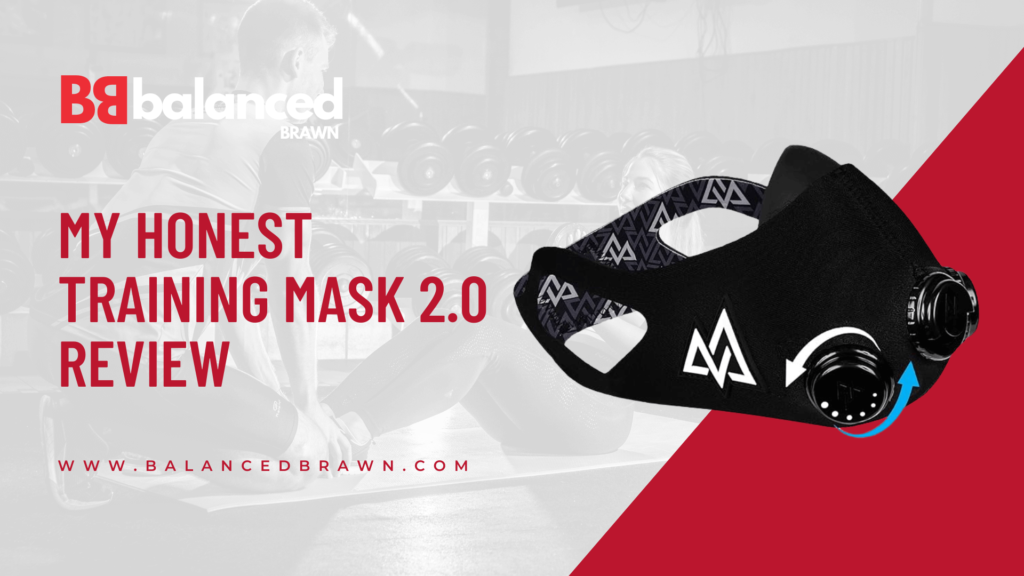
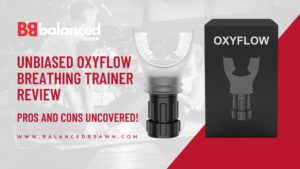
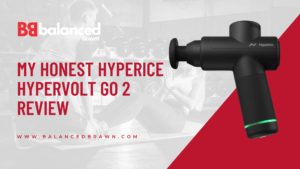
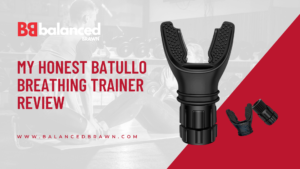


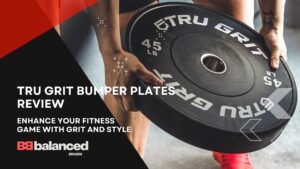
From kitchen to laundry appliances, Best Appliance Repair Chicago offers affordable and reliable repair services. Our certified technicians specialize in refrigerator, stove, oven, washer, and dryer repairs. Enjoy 24-hour emergency and same-day service anywhere in Chicago, IL.
Your comment is awaiting moderation.
Walk-in freezer repair Chicago for restaurants and retail stores. Our affordable freezer repair Chicago includes upright and chest models, emergency freezer repair Chicago, and same day freezer repair Chicago service.
Your comment is awaiting moderation.
Chicago IL washer dryer repair experts providing reliable solutions for home and business. We handle washer not spinning, dryer not heating, and offer same day washer repair Chicago.
Your comment is awaiting moderation.
Comprehensive water heater repair Chicago covering electric water heater service Chicago, gas water heater repair Chicago, and water heater maintenance Chicago IL. We provide same day water heater repair by affordable water heater technician.
Your comment is awaiting moderation.
Your one-stop stove repair Chicago destination. Get gas oven repair Chicago, electric stove repair near me, kitchen range repair Chicago IL, and wall oven repair Chicago by the best oven repair company Chicago—fast, reliable, and affordable.
Your comment is awaiting moderation.